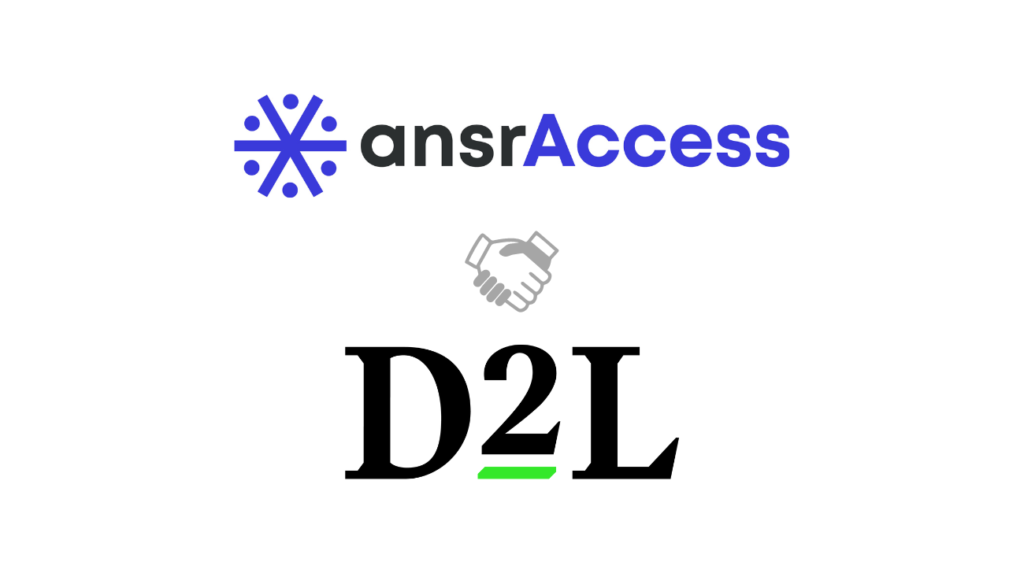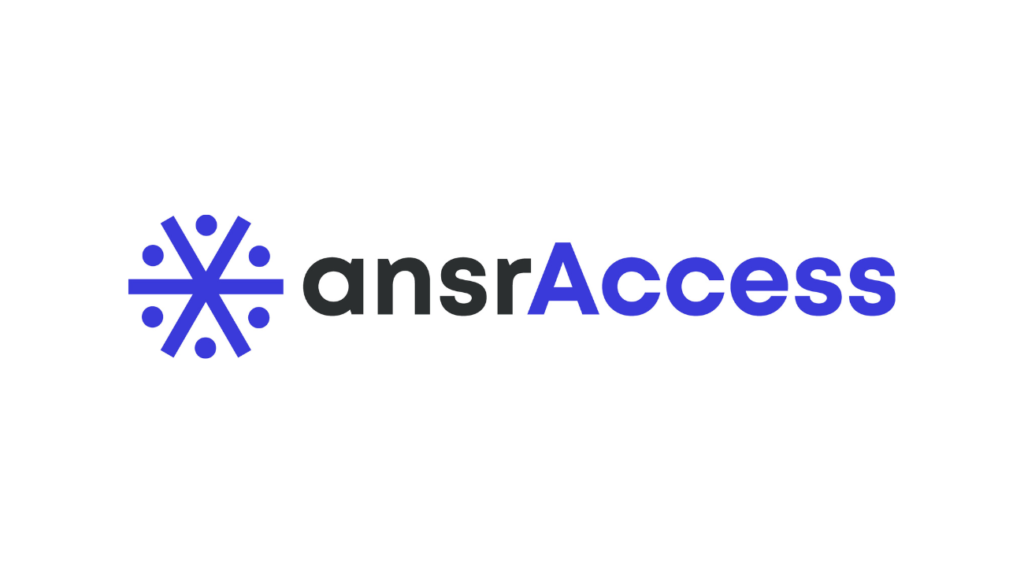At the Conference Board – 2021 Diversity, Equity, and Inclusion Conference earlier this year, I was introduced to the power of storytelling in organizations. Katie Juran, Senior Director of Diversity & Inclusion at Adobe shared the Adobe For All Initiative, a powerful example of how storytelling can be used to create a sense of belonging for employees.
As I listened to the presentation, I couldn’t help but think about the times, in my previous roles, where I have heard leaders struggling with the disconnect between their external diversity, equity, and inclusion efforts and the lack of belonging from their internal, underrepresented employees (myself included). And then my mind wandered to the show Cupcake Wars, which I’ll use as an analogy to provide a potential reason this disconnect might exist.
In this analogy, the leaders of an organization, without understanding the individual talents, unique experiences, and backgrounds of their employees, try to provide all the same ingredients and tools for employees to bake cupcakes for the organization. The employees all use the same ingredients and, inevitably, come up with similar cupcakes. There is no innovation, creativity, or diversity in flavor, just productivity of the same cupcake. Yet, if the leaders listened to the stories and ideas of their employees, the leaders could provide different ingredients and tools to enable employees to authentically create cupcakes that are new, innovative, and delicious based on their unique experience, cultural background, and identity. Ultimately, everyone at the organization benefits from learning different ways to bake cupcakes and, as creativity grows, so does productivity and a sense of belonging. Increased productivity alone sounds like a cupcake any CEO would want to try!
Many companies have embraced the concept of storytelling, as there is an opportunity for increased creativity, innovation, and success through the power of storytelling.
If you’re interested in using storytelling in your own organization to build inclusion, here’s how to get started:
1. Determine how the stories are going to be used. Whether the stories will be used internally, externally, or both, you’ll need to develop a marketing strategy and strategic initiative for capitalizing on the endeavor.
a. Internally, the stories may be used in orientation programs, company events, retreats, and the like.
b. Externally, the stories may be used through social media, recruitment events, and so on.
2. Decide how the organization would like to capture and highlight the stories. For example:
a. Interview. If you choose this tactic, you’ll need to decide who conducts the interview and what questions will be asked.
b. TedTalk format. If you use this, you’ll need to determine the length of time and the format that storytellers should follow.You’ll need to decide on a location for the talk and invite employees to hear the talk. If the talks are going to be recorded, you’ll want to secure video professionals to capture the event.
c. Video recordings of employees sharing their story and experiences. You’ll want to share a format for the storyteller to follow in their video. You may have to have some edits made to videos to ensure quality is consistent across storytellers.
3. Share the strategic initiative with all employees.
4. Place a call out for volunteers willing to share their stories. It’s important that employees understand:
a. Their stories will not be used in performance reviews and will not have any negative impact on their employment. Ensure they are comfortable at every stage of the process and guarantee that they can decide to stop participating at any point without punishment.
b. How the stories will be used, whether internally or externally.
c. That the company will do what it can to ensure that the employee and their story is represented in the best light.
5. Ensure that support is available to your volunteers, as well as a coach to assist them with preparing for public speaking.
6. Allow your volunteers to share their authentic stories without censoring. The company will have to trust their employee and the power of their story. If the stories aren’t authentic, your audience (and employees) will see right through the initiative and lose their trust in you.
7. Once stories have been captured, roll out the initiative.
8. Be sure to collect feedback from the volunteers as well as those who are hearing the stories.
If your organizations start to listen to the stories of employees, hopefully the team will begin to understand the different ingredients and tools that are needed to enable employees to authentically create new and innovative ideas—new ways to bake cupcakes. Everyone at the organization will benefit from learning about each other simply through the power of storytelling.
Thank you for reading. Please send cupcakes!



